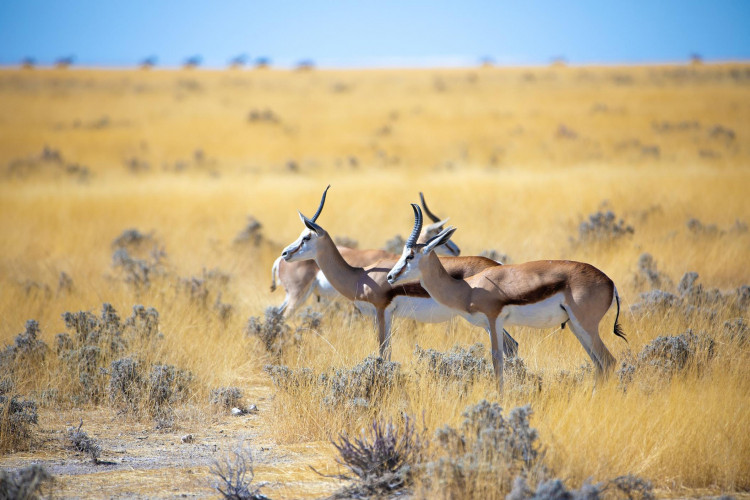The consequences of climate change affect all species, although some are noticeably more sensitive than others. Even if their environment is relatively constant, they may not have the ability to adapt since they dwell in a habitat that is undergoing extreme change.
But even as we fight to stop climate change, it is our responsibility to assist other animals in surviving the emergency we have caused. This entails working to protect endangered species as a whole as well as taking into account which animal species are most and least susceptible to the effects of climate change.
Accordingly, a group of scientists from Europe looked at data for 157 species of terrestrial animals in an effort to find correlations between seasonal weather anomalies, population growth rates, and species-level life histories.
Their research, which was published in eLife, indicates a potentially significant pattern in how a species' life cycle and its reaction to yearly weather anomalies interact.
"We can see a clear pattern: Animals that live a long time and have few offspring are less vulnerable when extreme weather hits than animals that live for a short time and have many offspring," evolutionary biologist Owen Jones from the University of Southern Denmark, said.
Elephants, tigers, llamas, and several long-lived bats are examples of the former category, whereas numerous small marsupials and rodents are examples of the latter.
The researchers write that these new findings are consistent with previous research, noting that slower-growing, longer-living species with fewer offspring do tend to be more resilient against environmental changes because such creatures have evolved to withstand the various conditions they're likely to encounter over their longer life spans.
In comparison to species that live shorter lives, creatures with "slower" life histories frequently fare better during disasters like prolonged droughts.
The researchers point out that, in contrast to animals, whose shorter lifespans give less flexibility in the face of adversity, humans can focus their efforts on a smaller progeny or occasionally just wait out lean times. These species do, in fact, frequently go through booms and busts, with populations occasionally soaring or plummeting depending on circumstances.
As noted by ecologist John Jackson, just because a species is more vulnerable to harsh weather doesn't mean it always stands a larger danger of extinction due to climate change. "These small mammals react quickly to extreme weather, and it goes both ways. Their vulnerability to extreme weather should therefore not be equated with a risk of extinction," Jackson said.






